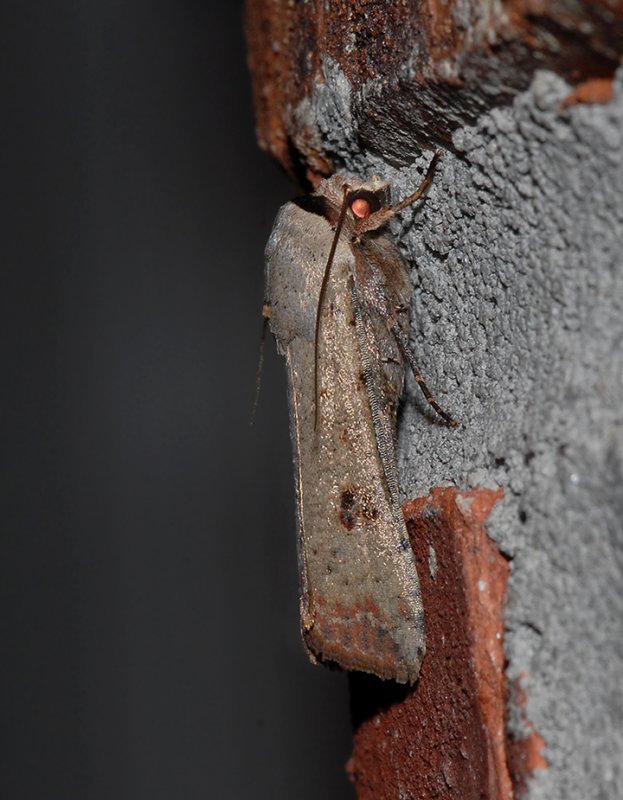

Army cutworm moths arrived in the alpine zone of GNP in late June or early July and departed by late August or early September. As part of a study carried out to better understand the ecological interactions between grizzly bears and army cutworm moths in GNP, we studied temporal abundance patterns, body mass and composition, and migration potential of moths collected from alpine moth aggregation sites throughout the summer of 19. Focus nozzle at the collar region and apply insecticides during evening hours.Grizzly bears ( Ursus arctos horribilis) consume adult army cutworm moths (Euxoa auxiliaris) from late June through mid-September on alpine talus slopes in Glacier National Park (GNP), Montana.

Install pheromone traps 5/ha to monitor and attract male moths.Install light traps during summer to attract adult moths.Fork soil during summer months to expose larvae and pupae to avian predators.Male has bipectinate antenna and female has filiform antenna Reddish brown fore wing with dark brown margin. Light brown with 4-7 yellowish markings on mid-dorsal line Reddish brown fore wing with concave sunken pale area. Male has bipectinate antenna and female has filiform antennaīrownish larva with series of black markings on lateral area Triangular spots at spiracular regionįore wing is grey with peg and spot like marking. Male has bipectinate antenna and female has filiform antennaīlack coloured with brown head. Head is pale-brownįore wing is pale brown with dark purplish brown along costal end. Two larvae / mt row is considered as ETL.īlack with pale mid-dorsal stripes. Egg, caterpillar and pupal stages last for 2 to 13, 10 to 30 and 10 to 30 days, respectively.

Full-grown caterpillars enter soil and pupate in earthen cocoons. Damage is more pronounced in low-lying waterlogged areas. At night they come out, cut seedlings near ground level and eat tender parts. Tiny caterpillars feed gregariously on foliage for a few days and then enter into soil.Ĭaterpillars are nocturnal in habit and hide during day in cracks and crevices in soil or under debris around plants. Eggs are globular in shape, ribbed and whitish in colour. A female lays 300 to 450 eggs in 10 to 15 clusters. Freshly ploughed fields are preferred for oviposition. Moths appear after dusk, mate and lay eggs on ventral surface of leaves or moist soil.


 0 kommentar(er)
0 kommentar(er)
